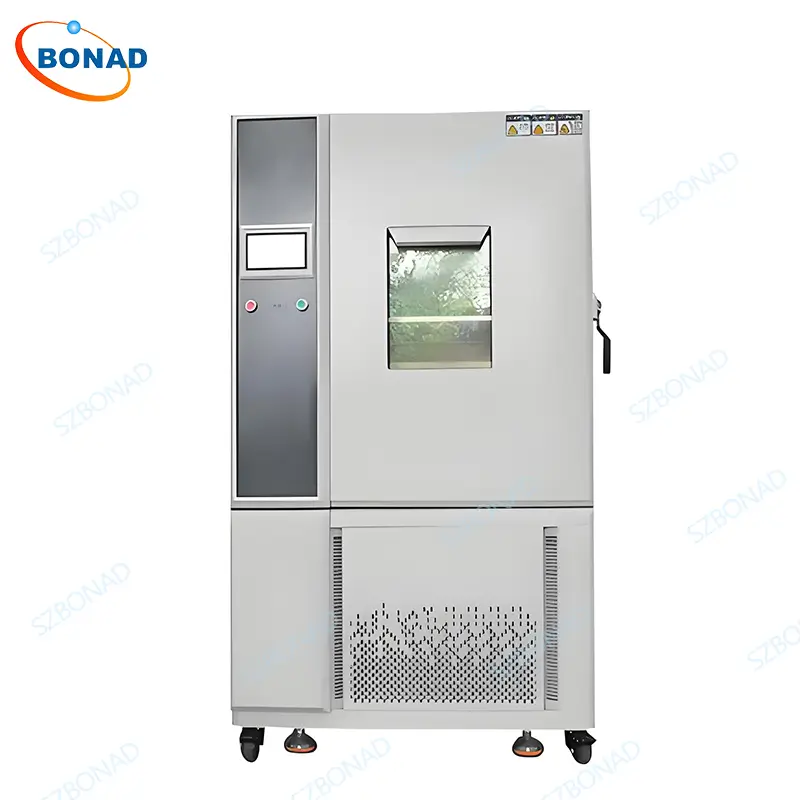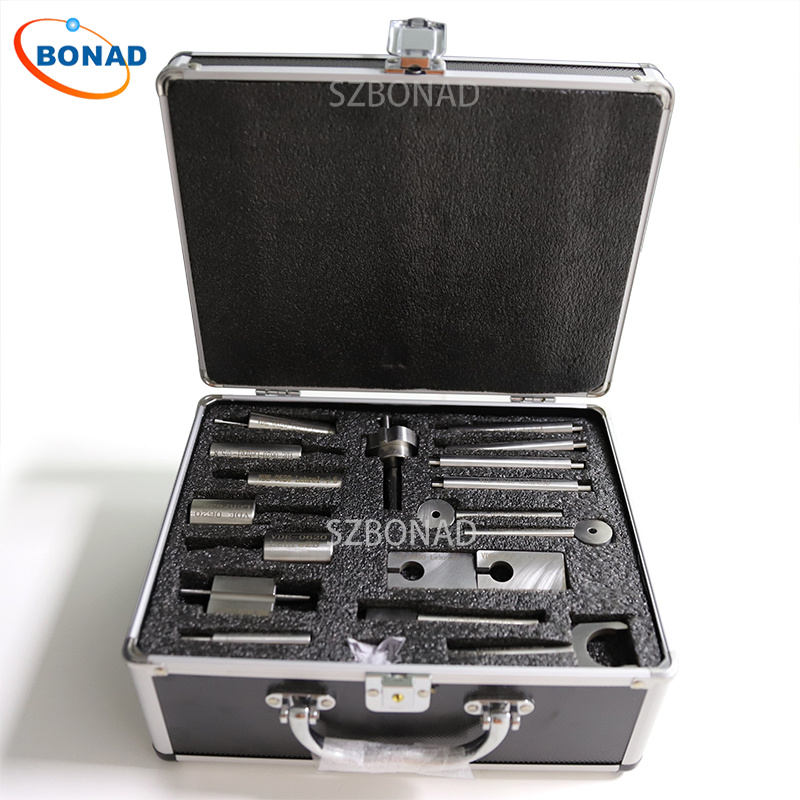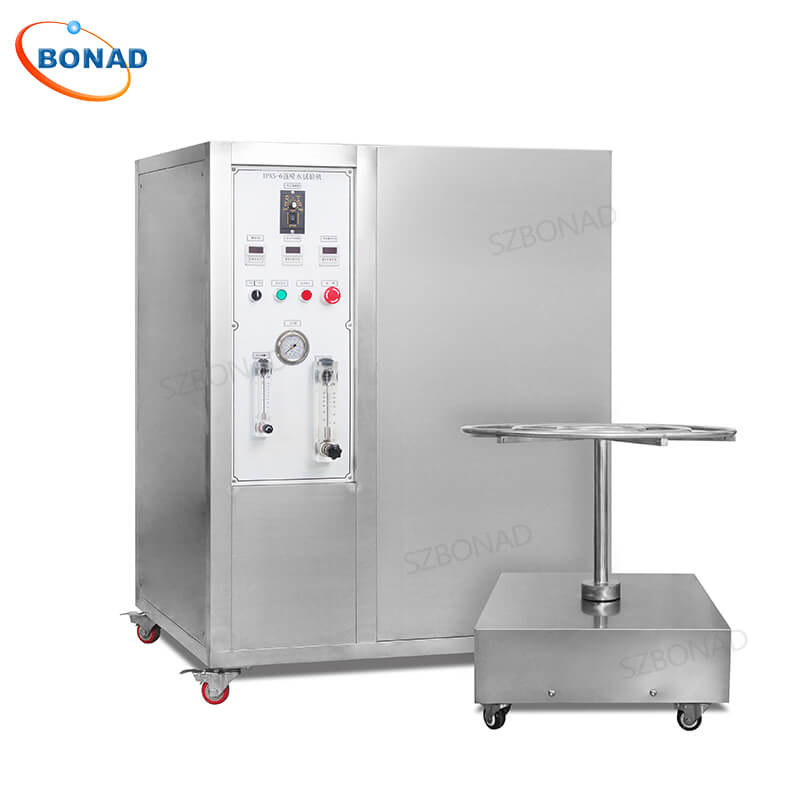Lithium-ion (Li-ion) batteries are integral to modern technology, powering everything from smartphones to electric vehicles. Ensuring their safety, performance, and reliability under various conditions is crucial. Temperature test chambers play a pivotal role in this process by simulating real-world temperature extremes. This article addresses the most frequently asked questions about temperature testing for Li-ion batteries.
1. Purpose of Using a Temperature Test Chamber
Temperature test chambers simulate extreme temperatures that Li-ion batteries may encounter during storage, transportation, or use in devices like electric vehicles, laptops, and smartphones. These tests evaluate battery performance, safety, and durability under varying temperature ranges.
2. Recommended Temperature Ranges
- Storage Temperature: -20 °C to 60 °C
- Operating Temperature: -10 °C to 50 °C (varies based on battery type and application)
- Extreme Conditions: -40 °C to 80 °C (for safety and stress testing)
The exact range depends on the specific application and manufacturer’s specifications.
3. Testing Duration
Testing duration varies depending on the test type:
- Thermal Cycling: Lasts several hours to days, typically involving 100-500 cycles.
- Temperature Extremes: Usually lasts a few hours to a day.
The goal is to assess battery stability over time, simulating real-world conditions.
4. Key Tests Conducted in a Temperature Test Chamber
- Thermal Cycling Tests: Evaluate battery performance during repeated temperature changes.
- High-Temperature Exposure: Assess how batteries perform under prolonged heat exposure.
- Low-Temperature Exposure: Evaluate battery performance in freezing or sub-zero conditions.
- Storage Tests: Assess battery health over extended periods at various temperature ranges.
- Rapid Charge/Discharge Tests: Evaluate the impact of fast charging/discharging on battery life and performance under temperature stress.
5. Importance of Temperature Testing
Temperature testing ensures:
- Battery Safety: Prevents overheating, thermal runaway, fires, or explosions.
- Performance Evaluation: Assesses charge retention, energy efficiency, and overall lifespan.
- Regulatory Compliance: Meets industry standards such as UN 38.3, IEC 62133, ISO 12405, and UL 2054.
6. Difference Between Thermal Cycling and Constant Temperature Testing
- Thermal Cycling: Involves repeated heating and cooling cycles, simulating fluctuating real-world conditions.
- Constant Temperature: Maintains a stable temperature throughout the test, evaluating performance under steady conditions.
7. Simulating Rapid Temperature Changes
Advanced temperature test chambers can handle rapid temperature transitions (e.g., from -40 °C to 70 °C in minutes). This capability is essential for testing batteries in scenarios involving rapid charging or discharging.
8. Monitoring Battery Performance During Tests
Key parameters monitored include:
- Voltage and current measurements
- Capacity loss over time
- Internal resistance
- Surface temperature using sensors
These metrics help identify potential issues such as overheating or internal short-circuiting.
9. Safety Concerns During Testing
Safety considerations include:
- Overheating risks leading to fires or explosions
- Proper ventilation to prevent gas emissions
- Correct handling to avoid short circuits or improper charging conditions
10. Standards Governing Temperature Testing
Relevant standards include:
- UN 38.3: For transport testing
- IEC 62133: For safety testing
- ISO 12405: For automotive batteries
- UL 2054: For household and commercial battery safety
11. Choosing the Right Temperature Test Chamber
When selecting a chamber, consider:
- Temperature range compatibility
- Chamber size and capacity
- Temperature uniformity



